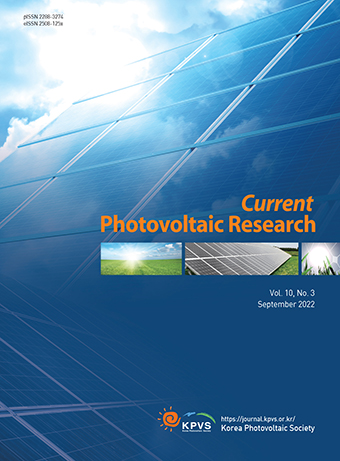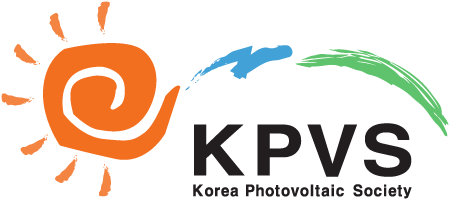Abstract
References
Sorry, not available.
Click the PDF button.
Information
For the dissemination of new and renewable energy, Korean government introduced a renewable portfolio standard (RPS) scheme in 2012 after terminating feed-in tariff (FIT) scheme that was introduced in 2004. With the RPS scheme, 64.7% of its own goal (95.7% in PV and 63.3% in non-PV) was achieved in 2012 and 67.2% of that (94.9% in PV, 65% in non-PV) was achieved in 2013. The deployment of PV systems met the goal very well and that of non-PV did not. Recently, Korean government revised the target year of supplying 10% electricity from new and renewable energy from 2022 to 2024 and released a couple of measures on PV area. Recent studies showed that the bankability of a project plays a key role for PV dissemination. Therefore, the dissemination should be assessed from the point of bankability under the RPS scheme and a little adjustment is necessary to achieve the goal. Especially, installing a small size PV (<100 kwp) system needs a minimum REC price or a FIT scheme. In non-PV area, permission process is a common bottleneck and the related regulation should be eased. In addition, to achieve the long term goal, an implementing scenario has to be prepared. Currently, the portion of the waste-gas energy originated from fossil fuel is too large among the new and renewable energy sources and the portion should be lowered or eliminated in the 10% of electricity supply goal. Seoul Metropolitan Government (SMG) has its own FIT scheme for PV dissemination from 2014 SMG and revised the PV tariff from 50 to 100 won/kwh in effective of 2015. It is worth to spread the other provinces.
Click the PDF button.
- Publisher :Korea Photovoltaic Society
- Publisher(Ko) :한국태양광발전학회
- Journal Title :Current Photovoltaic Research
- Volume : 2
- No :4
- Pages :182~188



 Current Photovoltaic Research
Current Photovoltaic Research







